Chalmers University: battery development will reduce electric aircraft life cycle impact
Charged
FEBRUARY 21, 2024
Researchers at Chalmers University of Technology, located in Göteborg, Sweden, have performed the first life-cycle assessment of a commercially available two-seater all-electric aircraft—the Pipistrel Alpha Electro, manufactured in Slovenia—directly comparing it to the fossil fuel-powered version of the same plane. Source: Chalmers





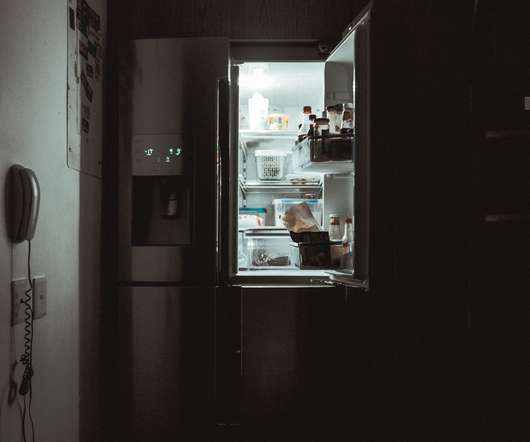


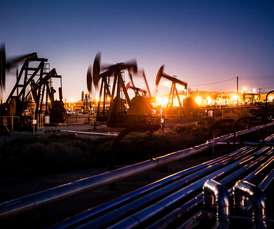

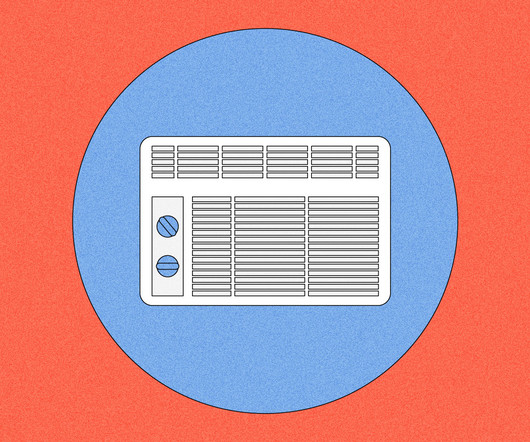
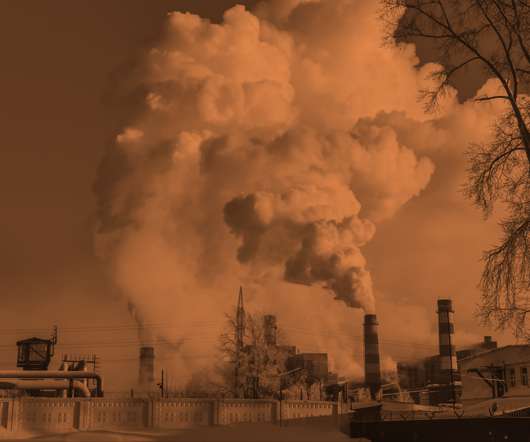


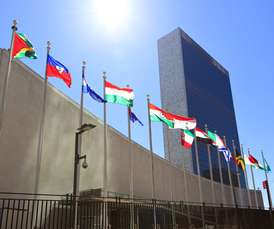
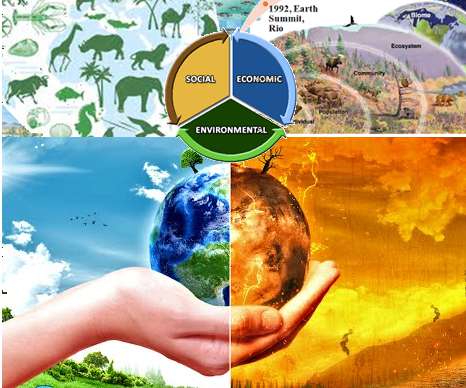








Let's personalize your content